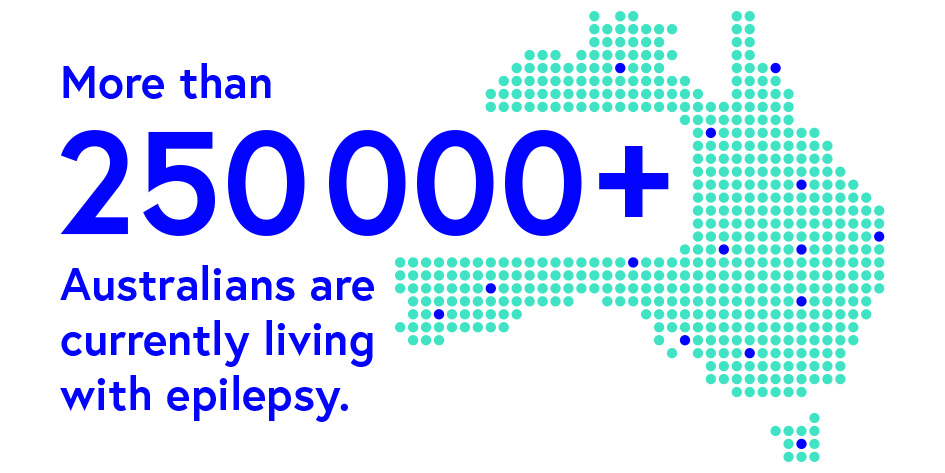Neurotechnology to help people with epilepsy
More than 65 million people worldwide have epilepsy, a chronic disorder of the brain characterised by recurrent seizures.
The brain contains millions of cells that are constantly communicating. These neurons and astrocytes send chemical signals that either excite or inhibit the electrical signals within the brain. If this signalling between brain cells is disturbed, it can lead to either excessive or synchronous activity within the brain—a surge of electrical activity that can result in a seizure.
Seizures can occur in different regions of the brain and have different effects on behaviour, motor control, sensation, feeling, awareness and consciousness. They can also vary in severity, sometimes being mistaken for daydreaming; other times, they can cause a loss of consciousness.

Epilepsy is not one single condition—there are more than 40 different types of epilepsy syndromes. While some cases of epilepsy have been linked to injury, stroke or brain infections, for more than half of epilepsy cases, the cause is unknown. Progress has been made with developing treatments for epilepsy; however, still around 30 per cent of people who experience seizures don’t respond to treatment.
New research brings seizure prediction warning system closer to reality
Surveys of people with epilepsy have reported that the unpredictability of seizures is one of their biggest concerns. In an attempt to address this issue, researchers at the University of Melbourne and IBM Research-Australia have applied the power of deep-learning and neuromorphic computing to build a device that has been able to predict the onset of epileptic seizures.
The researchers analysed the brain activity EEG data from 10 people with epilepsy and developed algorithms to predict the onset of seizures. These proved to be successful in correctly predicting seizures 69 per cent of the time.
The heavy computing is carried out by IBM’s brain-inspired neuromorphic computing chip. Designed to emulate the function of the human brain, this chip is the size of a postage stamp and runs on the same energy requirements of a hearing aid.
The technology works by using deep-learning neural networks to ‘learn’ and recognise specific brain activity patterns associated with seizures for individual patients. Given epilepsy manifests itself uniquely in each person, this is an important step forward from previous research.
As opposed to relying on various features hand-picked by clinical experts, the technology automatically learns which patterns of brain activity indicate the onset of a seizure. The system then alerts the wearer when their brain is showing signs of an upcoming seizure. The sensitivity of the device can be adjusted; the wearer may choose to ignore ‘low-level’ alerts while sleeping, yet might prefer to receive highly sensitive alerts while socialising or driving.
The EEG information used to develop the device was obtained from electrodes implanted within patients’ brains from an earlier study with St Vincent’s hospital. The researchers are working towards advancing the deep learning algorithm so it can be effective on data collected from an external EEG device, which would make the application less invasive and more scalable.
The ability to predict an impending seizure could improve the quality of life for many people with epilepsy, but researchers imagine a future where this technology could be used to combine seizure prediction with brain stimulation to effectively shut down the seizure before it can take hold.





